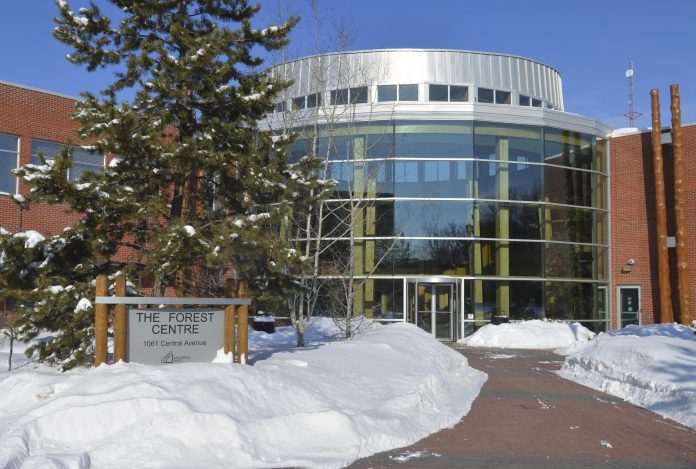A competitive real estate market is causing some headaches for Innovation Place. Innovation Place is the operating name of the Saskatchewan Opportunities Corporation (SOCO), a Crown corporation that seeks to help grow Saskatchewan’s technology sector.
The Crown corporation is focused on Saskatchewan-based private technology start-ups, judged to “have the greatest opportunity for employment growth.”
The Crown corporation also targets business and technology service organizations, research institutes and national and international technology companies. It released its annual report Thursday.
The Crown corporation sees itself as more than just a real estate company, instead offering training and networking so start-ups can excel.
It generates financial capital through existing equity, new debt and operating cash flow. That capital helps Innovation Place maintain its campuses and allows for future growth. According to the report, the Crown corporation “only finances capital projects with a cash return … to cover the cost of capital and all financing costs.”
Unlike the annual reports from other Crown corporations, such as SGI or SaskTel, the Innovation Place report focused much more on non-financial metrics such as vacancy rates and successful tenants, rather than just financial results.
In terms of financial results, though, revenue was up by $2.5 million, primarily from the Forest Centre sale, Expenses were also down by $2.5 million, primarily because bad debt expense decreased by $1.7 million. That decrease was due to a large write-off of accounts receivable balance from the year prior.
Combined, that led to a net income of $5.6 million, a $5.1 million increase on the year prior, and a dividend of $1.8 million.
According to the report, 73 per cent of start-ups that got going through Innovation Place are still operational, which is more than twice the five-year survival rate for new businesses in Canada.
Innovation Place currently operates campuses in Regina and Saskatoon. It also used to own the Forest Centre in Prince Albert, which was conceived as a place for lumber and other resource-based start-ups. However, it remained only half-filled, and was opened to any company, becoming, in effect, an office building.
“As the building was no longer operated in a manner consistent with our mandate, in 2014, the decision was made to sell the building,” the report said.
This past year, the building was sold to the University of Saskatchewan, in a deal that saw a net income of $2.178 million for Innovation Place.
That sale was part of Innovation Place’s efforts to reduce its operating budget. It has also sought to increase its partnerships, and it has reduced its staff by 21 per cent over four years. While some of that came through narrowing the organization’s scope of its operations, “several positions have been eliminated through restructuring efforts.”
The challenge Innovation Place is facing has to do with vacancy rates. While the corporation’s vacancy rate did come in higher than targeted at 9.7 per cent, it remains lower than the general vacancy rates in Saskatoon and Regina. Still, it’s higher than Innovation Place has historically seen.
That has led to some issues.
As other landlords in Saskatoon and Regina attempt to reduce their vacancies, “the risk of losing existing key tenants integral to maintaining current clusters (of like-focused companies) increases,” the report said.
The competitive environment also prevents Innovation Place from increasing its rental rates when leases come up for renewal.
Another challenge is existing tenants have been reducing the number of employees. While 100 were added this past year, the number of employees working for Innovation Place tenants is 1,300 lower than it was five years ago. Most of that decline has come in the mining technology sector, as lower commodity prices hit the mining industry.
Still, the report framed those challenges as an opportunity.
“Having a healthy balance of vacant space is necessary for innovation lace to meet its mandate to grow the technology sector. Having vacancy allows innovation place to respond to sudden tenant growth and to have space available for new companies starting up in Saskatchewan,” the report said.
“Currently there are several significant discussions underway in this
regard.”


